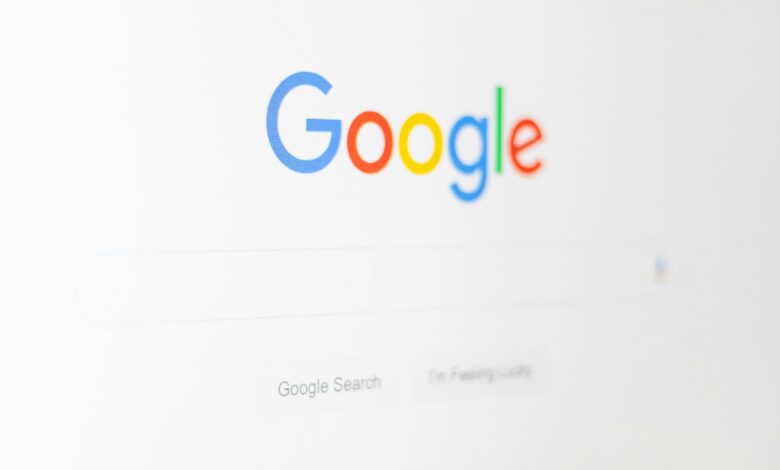
If you work in paid search, chances are you’re feeling the heat. Budgets are tighter. Targets are tougher. And nearly three-quarters of enterprise marketers say improving paid search is a top priority this year.
The problem is, most assume that scaling performance must mean bigger teams, more spend, or both.
That mindset is holding us back. The real opportunity isn’t expansion. It’s evolution – moving away from bloated workflows and reactive optimisation, and towards smarter systems that let you do more with what you’ve already got.
Because paid search isn’t underperforming for lack of talent or budget. It’s underperforming because of poor hygiene, clunky automation and missed opportunities – issues that still account for around 65% of wasted spend.
In other words, the fundamentals aren’t in good shape. And when your foundations are shaky, adding resource only adds more noise – not more value.
Make more out of your existing spend
Budget spiralling? It happens a lot in paid search, especially when there’s limited visibility or weak controls in place. Without proper auditing, misaligned automation, or clear guardrails, even well-funded teams can struggle to protect ROI.
And it shows: only 29% of advertisers believe they’re truly getting the most out of Google Ads. That means the vast majority are still leaving value on the table.
This isn’t a budget issue. It’s an efficiency issue.
To fix it, marketers need tools that serve their business goals, not platform KPIs. This includes transparency, accountability, and a clear line of sight into what your budget is actually achieving.
Then layer in predictive AI to flag pacing issues, spot seasonal trends, and detect channel-level shifts before they become problems. Make reallocation a proactive routine, not a last-minute panic move. Done right, dynamic spend management becomes a lever for sustainable growth.
This isn’t about cutting spend. It’s about making sure every penny works before you even think about adding more into the mix.
Make more out of your existing team
People drive strategy. But too often, teams are stuck in the weeds.
Take a typical PPC specialist – they might check 50–60 elements daily across a single Google Ads account. That’s manageable on one or two accounts, but completely unsustainable at scale. And it eats up a huge amount of time.
That’s where smart systems come in. A campaign health scoring system can auto-flag broken settings, risky placements, or underperforming ads. It can also prioritise tasks by potential business impact.
Likewise, AI can take care of other repetitive work like keyword pruning and ad copy creation. Track what’s automated versus manual, and focus your team’s time where it actually counts.
This isn’t automation for the sake of it. It’s about freeing up your team to focus on what actually moves the needle: strategic thinking. Smaller teams in particular stand to benefit most from that freed-up time.
And for junior team members, it’s a game changer. Instead of learning spreadsheets and firefighting routines, they learn how to think critically, run tests, and contribute to growth.
It’s not just about productivity. It’s about multiplying your talent.
Fix the foundation, then unlock growth
When those foundations are weak, spending more usually just compounds the problem. But once the basics are under control – your budget is working harder, your team is focused on high-impact tasks – you’re in a position to grow with confidence. To scale investment and guarantee ROI.
One global retail brand we worked with increased spend by 18% and saw revenue grow 25% in just two months. No headcount changes. No major strategy shifts. Just a better system.
Once your house is in order, there’s no reason not to spend more to earn more. And that’s possible for any team willing to evolve how they work.
Scale with strategy, not complexity
The future of paid search isn’t about throwing more money or people at the problem. It’s about rethinking how we work, where our talent is best applied, and how we build systems that enable scale rather than complexity.
AI and automation clear the noise. Strategy drives the signal. And when the two work in tandem, marketing leaders can finally unlock what so many are searching for: more impact, without more overhead.





